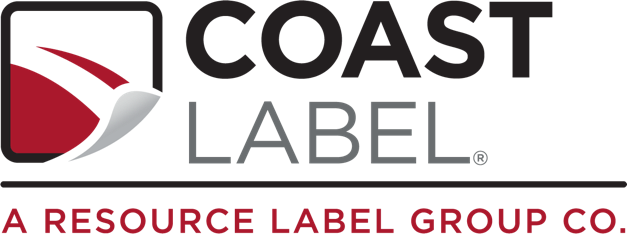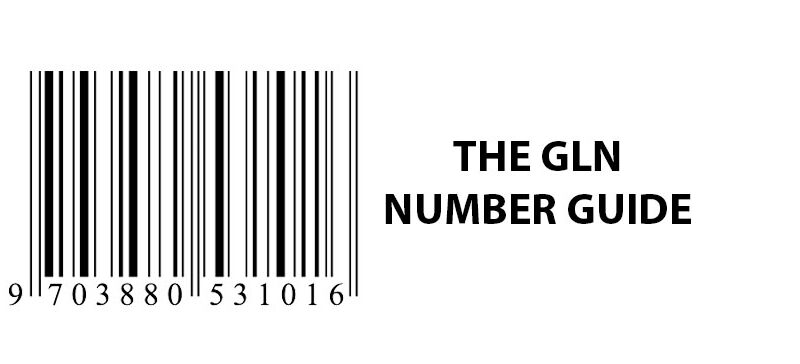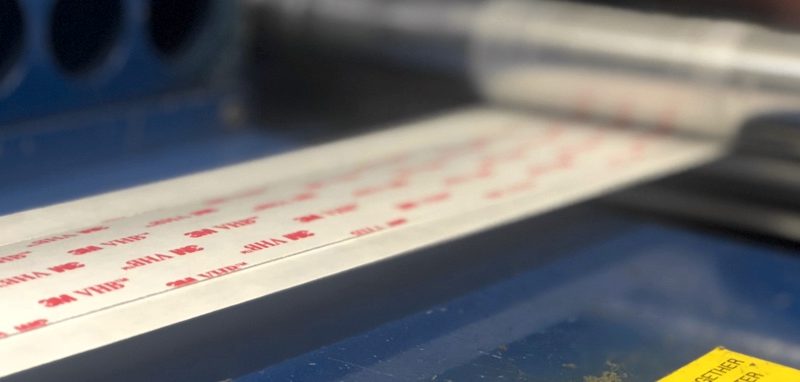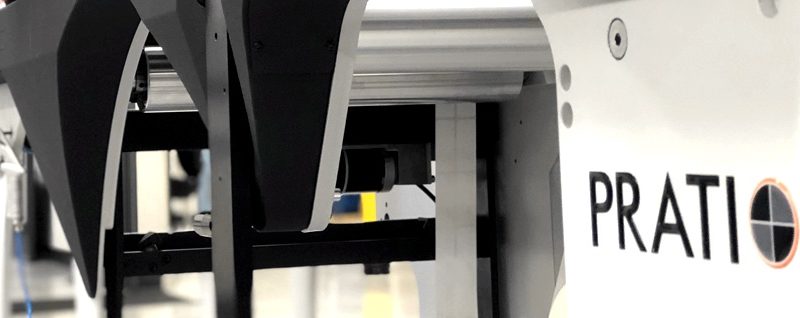You’re probably already familiar with UPC and EAN barcodes used to make the tracking of products through the supply chain easier. But have you heard of a GLN number? Although a GLN, or Global Location Number, is a unique identifier, it serves a different purpose in supply chain management.
Whether you’re looking to streamline shipping, improve the accuracy of invoices, or comply with retailer requirements, using GLNs can do a lot to improve your organization’s efficiency.
What Is a GLN Number?
A GLN number, or Global Location Number, is a unique, 13-digit identifier that’s used to pinpoint locations, legal entities, and functions within a business. GLNs are issued by GS1, the global organization that is responsible for barcode standards. By giving locations a unique number, GLNs help with visibility through the supply chain.
For example, let’s say you’re tracking a product as it goes from the manufacturer to the retailer. At each step of the way–manufacturer, warehouse, retailer–the GLN can be scanned along with the product so that you can be updated about its location. Like GTINs, GLNs can be encoded into barcode format and printed on labels. With a quick scan of the barcode, the product’s location is updated.
How to Do a GLN Number Lookup
GS1 provides an official GLN registry where you can search any GLN number. To look up a GLN, visit the registry and enter the GLN, business name, or location details to find the registered information. You can also look up any GTIN, barcode, or company name to find the information you’re looking for. If you need a company’s GLN and cannot find it in a public database, the best option may be to contact their logistics or procurement department.
GLN vs GTIN
While both GTIN and GLN numbers are unique identifiers that are managed by GS1, they each serve unique purposes. GTINs, or Global Trade Item Numbers, are used to identify specific products. In North America, the GTIN is typically encoded in UPC barcodes (GTIN-12), while countries abroad often use EAN barcodes (GTIN-8 and GTIN-13). GTINs are used to differentiate between different products, including variations of a product.
On the other hand, a GLN is a 13-digit number that uniquely identifies a location. This might include a manufacturing facility, distribution center, retail store, or company headquarters. Businesses use GLN numbers to improve logistics, enable accurate shipping, and support electronic data interchange (EDI). For example, a supplier sending materials to a warehouse will use the recipient’s GLN so that the shipment reaches the correct facility. Many large retailers and healthcare organizations require their suppliers to have a GLN for efficient record-keeping.
Both GLN and GTIN are critical to business operations. GLNs help identify where business activities occur, while GTINs identify what products are being sold or shipped. Together, they create an efficient system for managing the movement of goods and services in global commerce.
The Benefits of a GLN Number
Why use a GLN number? As commerce has become more globalized, businesses have to provide more visibility and transparency to stay competitive. Global Location Numbers help pinpoint specific business locations, including offices, warehouses, and manufacturing plants, so that there is greater transparency in the supply chain.
Here are some of the top benefits of a GLN number:
- Improved supply chain efficiency: A GLN ensures that shipments, invoices, and deliveries go to the correct location. By reducing errors in logistics and inventory management, businesses can minimize delays, which can be costly.
- Standardized business communications: Using a GLN allows businesses to communicate with trading partners, suppliers, and customers using a globally recognized system. This standardization is especially valuable for retail, healthcare, and logistics, where precise location identification is crucial.
- Compliance: Many large retailers, healthcare organizations, and government entities require suppliers to have a GLN for electronic data interchange and other transactions. Having a GLN ensures compliance with these standards.
- Facilitates traceability: In industries like food and pharmaceuticals, traceability is critical for safety and regulatory compliance. A GLN helps track products and materials back to their source, making it easier to manage recalls and audits.
How to Get a GLN
In order to get a GLN, you’ll have to go through GS1, the global barcode standards organization. If you already have a GS1 US GTIN or a GS1 Company Prefix, the good news is that you’ve already been assigned a GLN. You can find your GLN number by logging into the GS1 US website.
If you need more than one GLN or don’t have one yet, you can purchase them through GS1. You’ll need to register with GS1, provide your business details, and choose a membership plan. Once registered, you can use your assigned GLN numbers for supply chain transactions.
How Many Do You Need?
The number of GLN numbers you’ll need depends on a number of factors. If your operations are fairly straightforward, you may only need one or two to identify the various locations and functions of your business. However, if your operations are more complex, you’ll need multiple GLNs. Some larger enterprises, for example, have hundreds of GLNs.
You can determine how many Global Location Numbers you need by answering these questions:
- Do you have multiple locations? You may need multiple GLNs. For example, you’ll want a GLN for each physical location.
- Do you have multiple departments? Some companies assign separate GLNs for different departments, even if they’re at the same location. This can help when a business has distinct operational functions, like billing vs shipping.
- Do trading partners require GLNs for each site? Check the compliance requirements to help you decide how many you need.
GLN Number Conclusion
GLN numbers are simple but powerful ways to increase your organization’s efficiency and add visibility to your supply chain processes, and GLN labels are one of the best ways to implement them into your organization. But with the rigors of manufacturing, shipping, and inventory management, not just any GLN label will do. You need labels that will last through tough conditions and remain scannable.
That’s where Coast Label comes in. We pride ourselves on creating some of the best custom labels on the market. Whether you need them to last through chemical exposure, extreme temperatures, or moisture, we can help you engineer labels that will last. Contact us today to get started with all your custom label needs!



